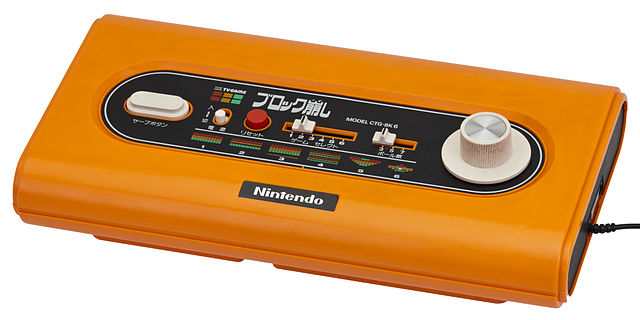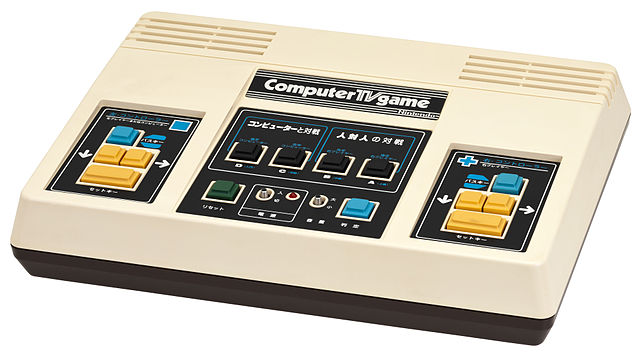



Before the Famicom (NES) changed the gaming world, Nintendo's TV-Game series marked the company's first foray into home video gaming. Released between 1977 and 1980, these dedicated consoles were simple, Pong-style game systems designed to connect directly to a television. While they may seem primitive by today's standards, they played a crucial role in shaping Nintendo's future as a gaming giant.
The Nintendo TV-Game series consisted of five different models:
The early models had simple plastic casings, usually in bright orange, with dial or joystick controls built into the console itself. Later models introduced detachable controllers, allowing for better playability. While basic, the build quality was solid, ensuring these units could withstand repeated play.
Each TV-Game console was a dedicated gaming system, meaning it could only play the pre-installed games-there were no cartridges or expansion options. The gameplay was reminiscent of Atari's Pong and Breakout, with minor variations in mechanics and difficulty settings.
The Color TV-Game 15 was the best of the series, offering the most variety and two-player support, making it the most popular model. The Racing 112 model was unique for its steering wheel controller, providing a rare home racing experience at the time.
While these games were simple by nature, they were fun and engaging, especially for a time when home gaming was still in its infancy.
✅ Affordable and accessible - These consoles were priced lower than many competitors, making them appealing to families.
✅ Simple, intuitive controls - Easy for anyone to pick up and play.
✅ First Nintendo hardware - A piece of history for collectors.
❌ Extremely basic gameplay - Lacked depth compared to later consoles.
❌ No interchangeable games - Each unit was limited to the built-in games.
❌ Limited availability outside Japan - These consoles were mostly Japan-exclusive, making them rare in other regions.
Though the TV-Game series never saw worldwide dominance, it was Nintendo's first step into the home console market-a crucial stepping stone before the Famicom/NES. Notably, Block Breaker was the first console game co-designed by Shigeru Miyamoto, setting the stage for his future masterpieces.
For collectors and retro enthusiasts, owning a Nintendo TV-Game console is like owning a piece of gaming history-a glimpse into the company's early ambitions before it became a household name.
The Nintendo TV-Game series may not offer much beyond nostalgic curiosity today, but at the time, it was a fun and affordable home gaming option that introduced Nintendo's talent for intuitive game design. While limited by today's standards, its historical significance makes it a valuable collector's item.
Score: 6.5/10
✅ Historic first Nintendo console
✅ Simple, pick-up-and-play fun
✅ Unique controller designs for some models
❌ Extremely limited game variety
❌ Japan-exclusive, hard to find today
❌ Eclipsed by more advanced systems soon after release
If you're a Nintendo fan or retro gaming collector, the TV-Game series is a fascinating look into the company's early console experiments-before it became the gaming powerhouse we know today.